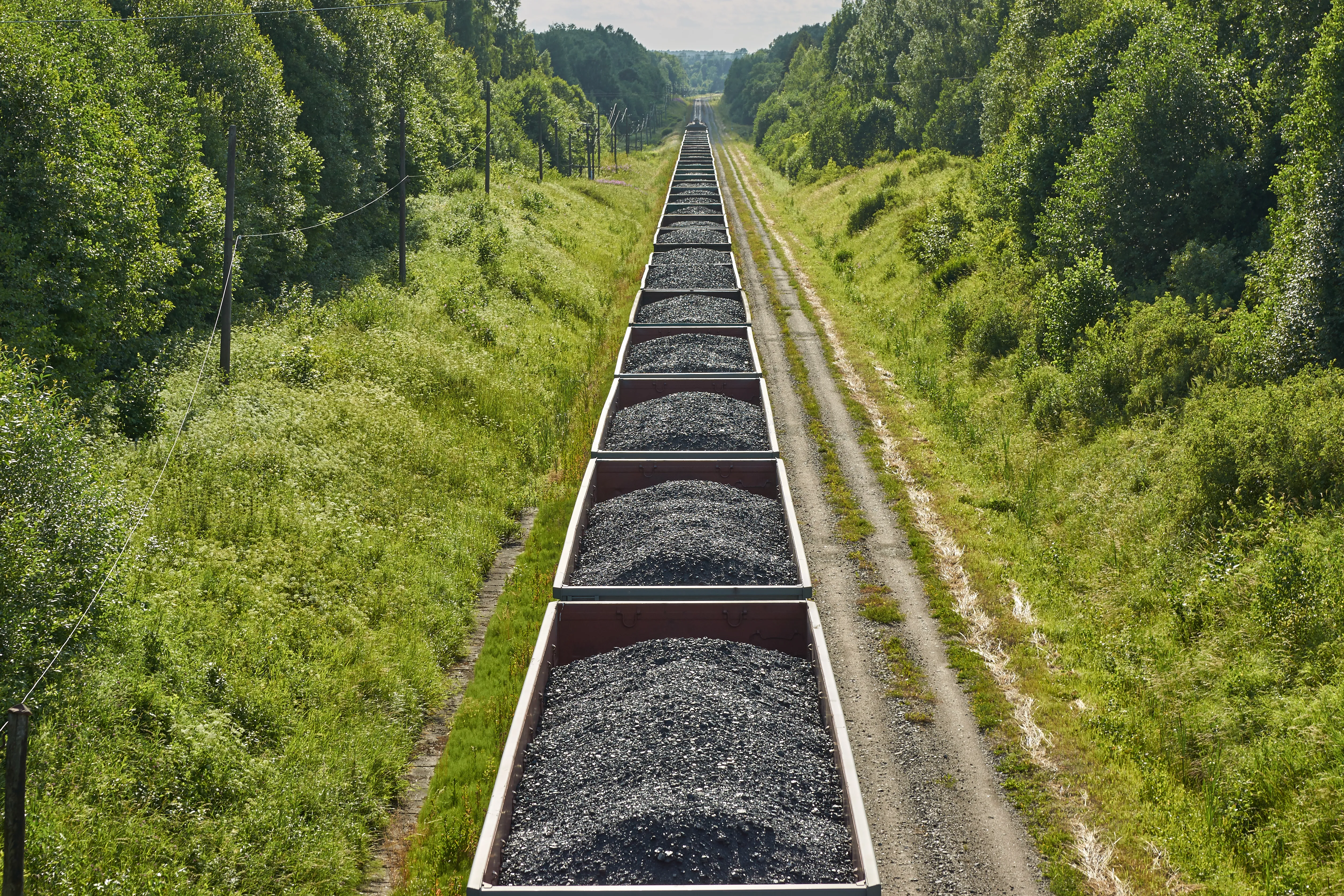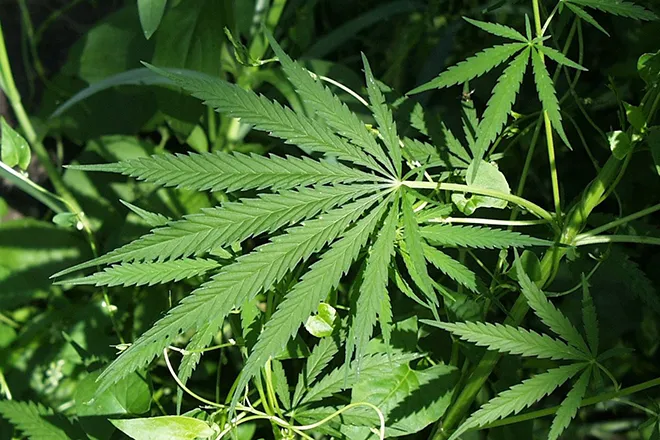
How Colorado’s new oil and gas production fees stack up against other states
(Colorado Newsline) Colorado’s new fees on oil and gas production will substantially increase the amount of money the state collects from fossil-fuel producers, but they will do little to offset its exceptionally low rates of conventional taxes on the industry, a Newsline analysis found.
Senate Bill 24-230 was given final approval by the state House of Representatives on Monday, just one week after it was unveiled as the centerpiece of a deal brokered by Governor Jared Polis between environmental groups and the oil and gas industry. Once signed into law by Polis, the legislation will levy new fees on oil and gas production beginning in July 2025.

© iStock - nick1803
Colorado’s largest oil and gas companies agreed to the fees, which will fund state efforts to boost public transit and protect wildlife habitats, in exchange for a commitment from Democrats not to pursue major new regulations on the industry for the next several years. The deal also extended a truce between industry groups and environmentalists on ballot measures relating to oil and gas extraction.
The per-unit fees will be adjusted quarterly according to benchmark commodity prices; at current prices, producers would pay a maximum of 60 cents per barrel of crude oil, and a maximum of 2 cents per thousand cubic feet of natural gas. A fiscal analysis by nonpartisan legislative staff estimated that by 2027, the fees would raise roughly $175 million annually.
That would nearly double the amount of revenue the state collects directly from oil and gas drillers, most of which comes in the form of severance taxes, which are paid by producers when they “sever” mineral resources like oil and gas from Colorado’s natural landscape. Though severance taxes are one of the state’s most volatile sources of revenue, state forecasters said in March that they expect collections to hover around $200 million annually for the next several years.
Compared to other states, especially large oil and gas producing states, Colorado’s severance tax rates are extremely low. A legislative analysis found last year that between 2017 and 2021, Colorado’s effective rate of severance taxes was just 0.68 percent, the lowest of nine peer states that were studied. New Mexico’s effective tax rate over the same period was almost 10 times higher.

©
Several factors account for this large gap in severance tax collections, including a generous ad valorem tax credit that allows Colorado producers to deduct a percentage of the property taxes they pay from their severance tax obligation, and an expansive exemption for low-producing wells, known as “stripper wells.”
Colorado’s stripper well exemption is the most generous of any of the 34 states that collect oil and gas severance taxes, according to a 2020 state audit. The audit also found that Colorado’s policy of calculating severance taxes based on a producer’s reported gross income, rather than by market value as most states do, reduced state revenues by as much as 38 percent, or $172 million, in 2016.
Though they’re not the only taxes paid by Colorado’s oil and gas industry, severance taxes are the taxes most directly tied to its overall production levels, and the largest revenue stream from the industry that benefits the state as a whole. The property taxes paid by mineral rights owners on their oil and gas assets fluctuate widely based on global market conditions, delivering windfalls in good years for some local governments, but not others.
Ever since the onset of Colorado’s fracking boom 15 years ago, some environmental activists have called on the state to ease the exemptions and credits that keep its severance tax collections so low. Interest at the Capitol for major reforms has been minimal, though lawmakers did pass legislation last year that is projected to temporarily increase revenues by roughly $25 million annually by reducing the size of the ad valorem tax credit.
That means that for the foreseeable future, Colorado will continue to lag far behind other states in the budgetary benefits it derives from oil and gas extraction.
Colorado Democrats, environmental groups and public transit advocates this week cheered the additional $100 million or so per year that SB-230 will inject into local transit agency budgets. By Colorado standards, that is indeed a big boost — but it’s only a fraction of the roughly $1 billion in revenue the state would collect with an effective severance tax rate equal to New Mexico’s, at just under 6 percent.
Colorado Newsline is part of States Newsroom, a nonprofit news network supported by grants and a coalition of donors as a 501c(3) public charity. Colorado Newsline maintains editorial independence. Contact Editor Quentin Young for questions: info@coloradonewsline.com. Follow Colorado Newsline on Facebook and Twitter.
















